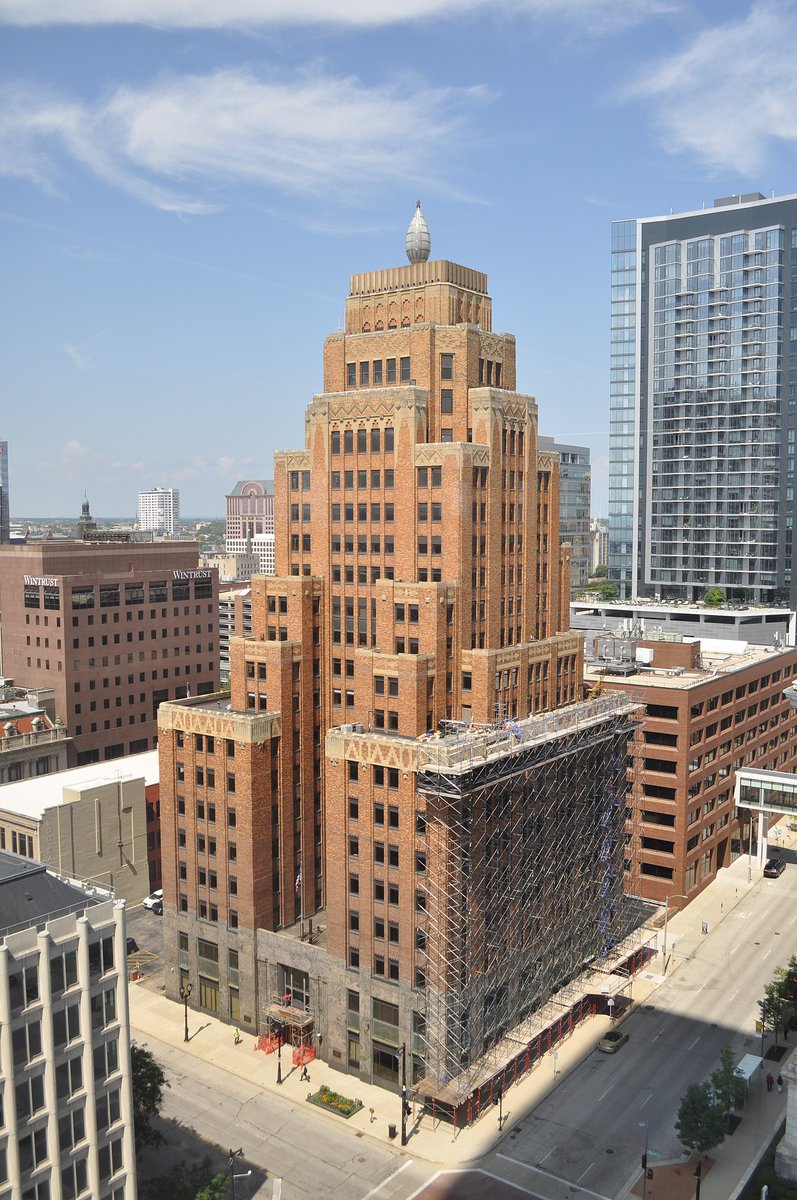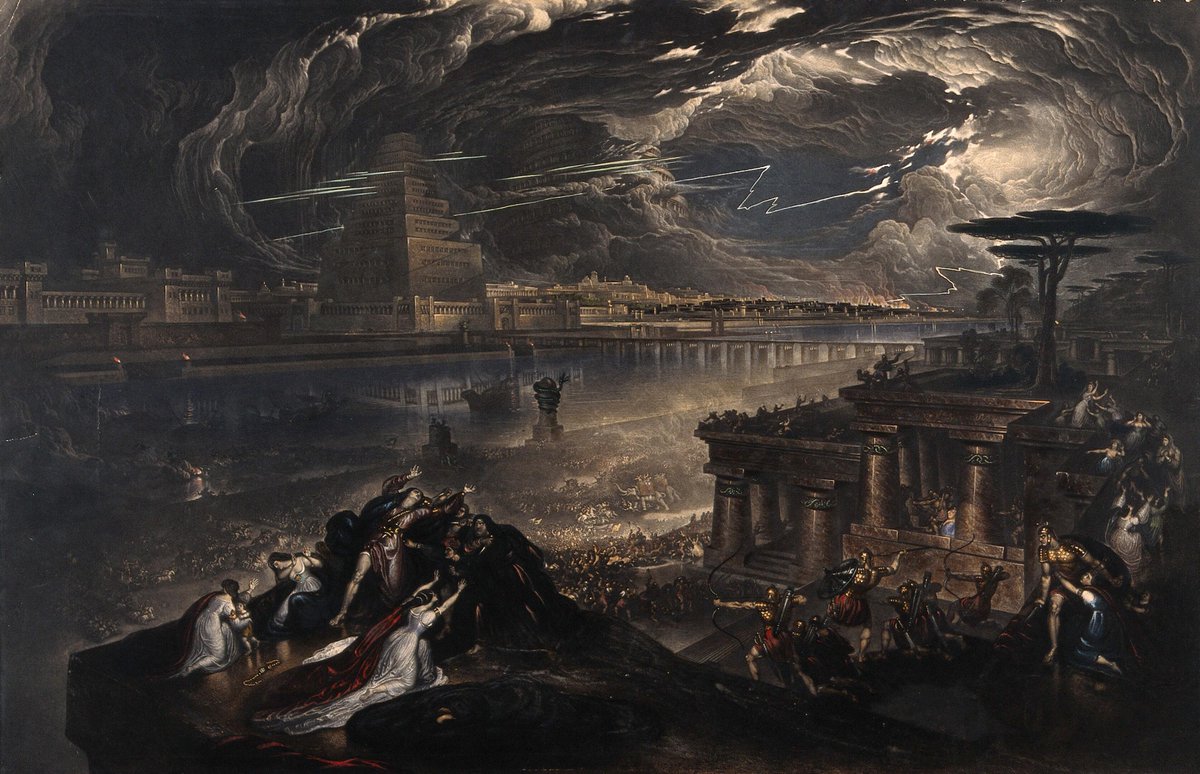
Art Deco is an instantly recognisable and beloved architectural style.
But what is it? Where did it come from? And what can we learn from it in the 21st century?
But what is it? Where did it come from? And what can we learn from it in the 21st century?
Art Deco is short for arts décoratifs, French for... decorative arts.
That term originated in the "Exposition internationale des arts décoratifs et industriels modernes", which was held in 1925.
The design philosophies presented there became known as arts décoratifs - Art Deco.
That term originated in the "Exposition internationale des arts décoratifs et industriels modernes", which was held in 1925.
The design philosophies presented there became known as arts décoratifs - Art Deco.

However, those design philosophies had been around for a decade or more by that point.
As in the Théâtre des Champs-Élysée in Paris, completed in 1913.
As in the Théâtre des Champs-Élysée in Paris, completed in 1913.

What were the design philosophies of the arts décoratifs?
Well, one of the defining traits of Art Deco was its combination of modernity and tradition.
This looks unlike anything that had come before, but maintains an interest in ornamentation and craftsmanship:
Well, one of the defining traits of Art Deco was its combination of modernity and tradition.
This looks unlike anything that had come before, but maintains an interest in ornamentation and craftsmanship:

Many Art Deco buildings have "relief" sculptures.
Relief is where a sculpture remains bonded to a background of the same material, like the reliefs of ancient architecture.
On the left is a relief from the Parthenon Marbles, and on the right is an Art Deco relief:

Relief is where a sculpture remains bonded to a background of the same material, like the reliefs of ancient architecture.
On the left is a relief from the Parthenon Marbles, and on the right is an Art Deco relief:


But you'll notice these Art Deco sculptures don't look like their ancient equivalents.
Rather, informed by modern artistic trends like Cubism, they embraced a whole new aesthetic style of sculpture.
A fusion between past and present.
Rather, informed by modern artistic trends like Cubism, they embraced a whole new aesthetic style of sculpture.
A fusion between past and present.

This trait applies to Art Deco's use of other traditional materials - such as bronze or marble - in conformity with new artistic trends: 

The mixed, modern, luxurious use of glass, marble, lacquer, and bronze is what gives Art Deco its famous richness of texture and colour.
While the angles and shapes provide it with that strange futuristic quality.
While the angles and shapes provide it with that strange futuristic quality.

However, Art Deco also embraced *new* materials - such as reinforced concrete, plate glass, chrome, and plastic.
It prioritised a sleek, streamlined style, but balanced that against a certain level of detail and ornamentation.
It prioritised a sleek, streamlined style, but balanced that against a certain level of detail and ornamentation.

Art Deco buildings often feature cascading or stepped towers.
This gives the impression of reaching upwards, as if the building is extending vertically like a telescope.
This gives the impression of reaching upwards, as if the building is extending vertically like a telescope.

This matrix of modern style, craftsmanship, new materials, and traditional materials is what Art Deco was all about.
And so Art Deco represented a firm belief in societal progress.
Breaking from the past - while learning from it - and looking firmly to the future:
And so Art Deco represented a firm belief in societal progress.
Breaking from the past - while learning from it - and looking firmly to the future:

This futuristic, hopeful quality of Art Deco is best exemplified by skyscrapers built in its style.
Compare an Art Deco skyscraper to a modern one.
Both serve the same purpose, but they look radically different.
Compare an Art Deco skyscraper to a modern one.
Both serve the same purpose, but they look radically different.

But this isn't just wishy-wash art theory.
The combination of massive, modern, angular forms with ornamentation is a physical fusion of past and present, of where we have come from and where we are going...
The combination of massive, modern, angular forms with ornamentation is a physical fusion of past and present, of where we have come from and where we are going...

Perhaps this is where we in the 21st century could learn from Art Deco.
The use of modern materials (concrete, glass, and steel) doesn't *require* a purely functional style.
The use of modern materials (concrete, glass, and steel) doesn't *require* a purely functional style.

That is part of Art Deco's lasting appeal.
You can sense its implicit hope without knowing much about history or architecture.
Art Deco, despite diverting from previous architectural styles, retains an aspirational beauty:
You can sense its implicit hope without knowing much about history or architecture.
Art Deco, despite diverting from previous architectural styles, retains an aspirational beauty:

During the 1930s Art Deco's richness of colour and use of detailing faded into a form of pure sleekness known as the Streamline Moderne.
And slowly but surely a brief, unique architectural era came to a close...
And slowly but surely a brief, unique architectural era came to a close...

However, it has retained a lasting influence and popularity.
And it must be noted that this thread has focussed exclusively on architecture; Art Deco was *much* more than that.
The echoes of its unique beauty continue to resonate.
And it must be noted that this thread has focussed exclusively on architecture; Art Deco was *much* more than that.
The echoes of its unique beauty continue to resonate.
Ultimately, Art Deco was a modern and forwards-looking movement, though built on the foundations of the past.
And the message of Art Deco buildings contrasts sharply with those of the 21st century: that beauty can exist in a world of skyscrapers and concrete.
And the message of Art Deco buildings contrasts sharply with those of the 21st century: that beauty can exist in a world of skyscrapers and concrete.

If you enjoyed this short history of Art Deco, then you'll like my free weekly newsletter, Areopagus.
Seven short lessons every Friday to make your week a little more interesting, useful, and beautiful.
Consider subscribing here:
culturaltutor.com/areopagus
Seven short lessons every Friday to make your week a little more interesting, useful, and beautiful.
Consider subscribing here:
culturaltutor.com/areopagus
• • •
Missing some Tweet in this thread? You can try to
force a refresh

















